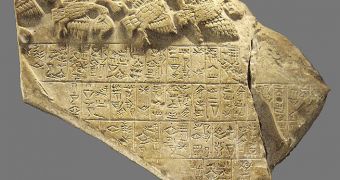According to researchers behind a new scientific study, it would appear that the reason why large and complex societies failed throughout history laid within the inherent instability of such constructs. This instability can apparently be predicted mathematically, say researchers that created a new model.
The team that led the study says that the model was used to explain the rise and fall of ancient civilizations that flourished via warfare. The researchers focused on the earliest human societies.
For civilizations on which the scientists had a lot of data, the trends governing their ascension and downfall immediately became apparent. In all of the instances the model analyzed, societies revealed a dynamic nature.
Archaeologists say that, in spite of their best effort, they cannot determine aspects such as societal dynamics from their digs. Studies such as the new one can therefore bring something new to the table in understanding the first forms of large-scale human cooperation.
The recently-developed model is also innovative because it reunites two distinct fields of research, theoretical history and mathematics, into a single approach to teasing out long-term changes in ancient societies, Science Blog reports.
The model was developed by the associate director for scientific activities at the National Institute for Mathematical and Biological Synthesis, Sergey Gavrilets. He also holds an appointment as a professor at the University of Tennessee-Knoxville.
He and his group published details of their mathematical model in the latest issue of the Journal of Theoretical and Mathematical History, the first scientific publication dedicated to this type of study.
The researchers say that their approach takes into account a multitude of factors that influence the rise and fall of a society, including size, complexity, warfare-determined settlement patterns, longevity and so on. Relating these factors to each other eventually yields the bigger picture.
“In the last several decades, mathematical models have been traditionally important in the physical, life and economic sciences, but now they are also becoming important for explaining historical data,” Gavrilets explains.
“Our model provides theoretical support for the view that cultural, demographic and ecological conditions can predict the emergence and dynamics of complex societies,” he goes on to say.

 14 DAY TRIAL //
14 DAY TRIAL //